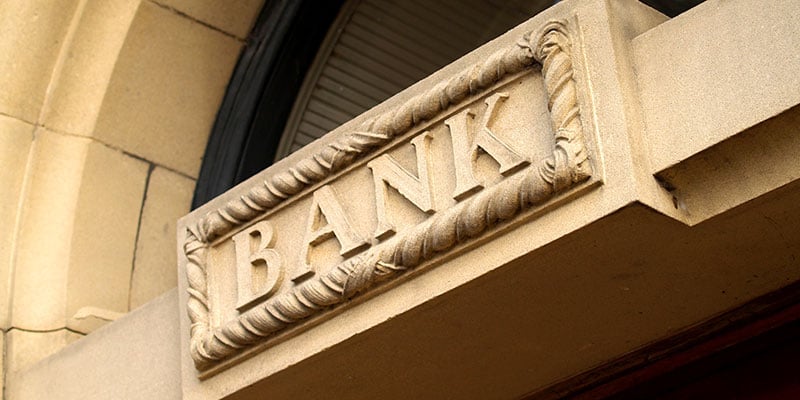On June 5, 2020, President Trump signed into law a Paycheck Protection Program (PPP) reform bill that was first drafted in the U.S. House of Representatives.
The new law, entitled the Paycheck Protection Program Flexibility Act of 2020 (PPPFA), includes a number of long-sought-after changes to the PPP. Among the most anticipated changes are a reduction of the 75 percent rule for spending on payroll costs and an extension of the “covered period” for forgiveness purposes.
Below is a summary of the key features of the Act. We caution that this summary is not exhaustive, but it should nevertheless provide an overview of the Act’s most noteworthy changes to the PPP. For more information regarding these new changes or for general details about the PPP, please reach out to any of the below authors.

- Required spending on payroll costs changes from 75 percent to 60 percent. A borrower is no longer required to spend at least 75 percent of its PPP loan proceeds on payroll costs in order to be eligible for full loan forgiveness. The Act reduces the 75 percent requirement for spending on payroll costs to 60 percent. According to the Small Business Administration (SBA) and the U.S. Treasury Department, forthcoming rules and guidance will clarify that if a borrower uses less than 60 percent of the loan amount for payroll costs, the borrower may still be eligible for partial loan forgiveness.
- Extension of the covered period. The Act amends the definition of the covered period, the period during which a borrower’s payroll and permitted non-payroll costs must be incurred or paid for purposes of loan forgiveness. The covered period is now defined as the earlier of 24 weeks after the date of a loan’s origination or December 31, 2020. Additionally, a borrower that received a PPP loan prior to this change is permitted to elect the original eight-week covered period instead of the new 24-week covered period.
- Changes to a borrower’s number of full-time equivalent employees (FTE) will not necessarily result in a reduction to the borrower’s forgiveness amount. A reduction in a borrower’s FTE will not lead to a reduction in the loan forgiveness amount so long as the borrower can document that it (1) is unable to rehire the same employees who were working as of February 15, 2020; (2) is unable to hire similarly qualified employees for unfilled positions on or before December 31, 20201; or (3) is unable to return to the same level of business activity at which it was operating on or before February 15, 2020, because of the borrower’s compliance with the federal government’s safety requirements relating to sanitation, social distancing, or any other worker or customer safety mandate in connection with COVID-19 (the rules or guidance must have been issued by the Centers for Disease Control and Prevention, the Department of Health and Human Services, or the Occupational Safety and Health Administration).
- Ten-month window to apply for forgiveness. The borrower has 10 months after the last day of its covered period to apply for forgiveness before the borrower starts making payments on the PPP loan.
